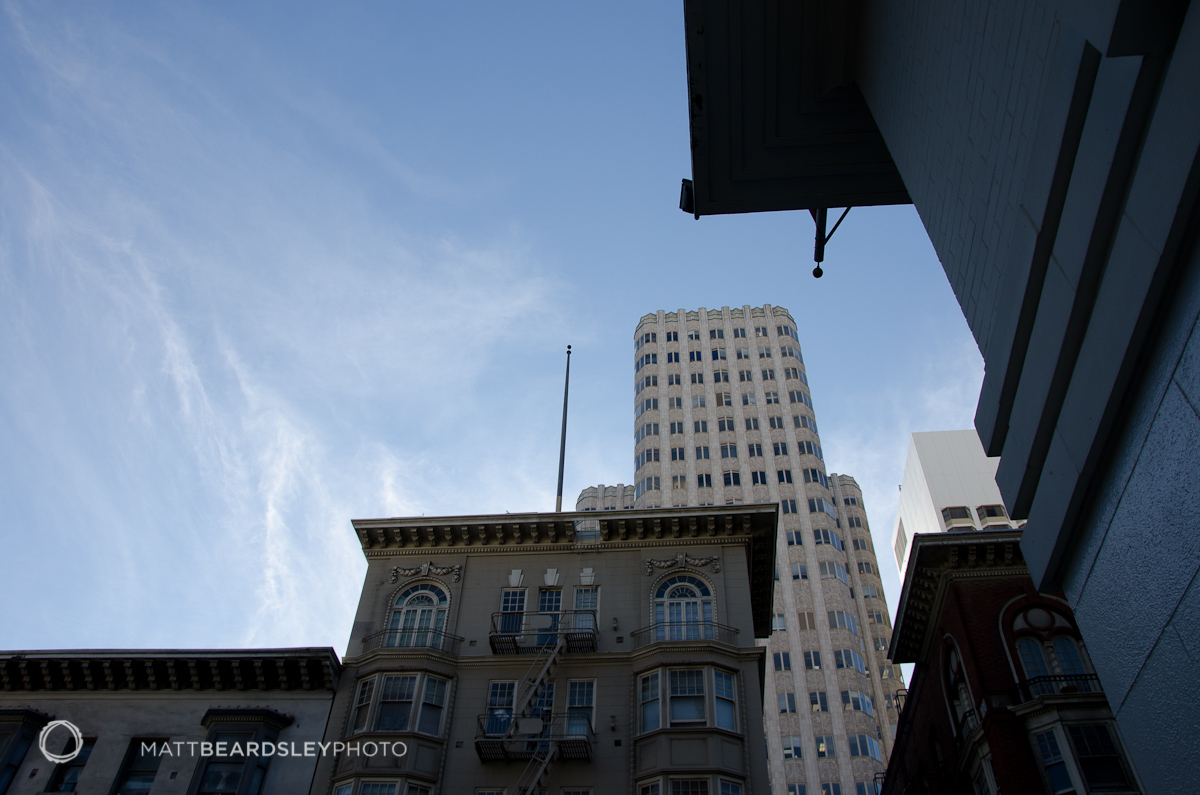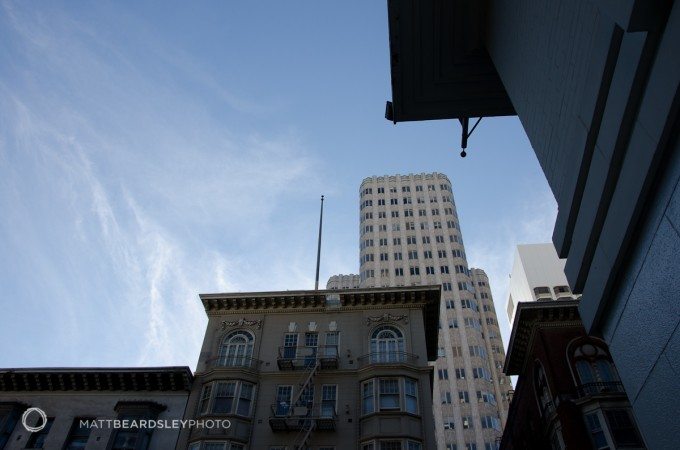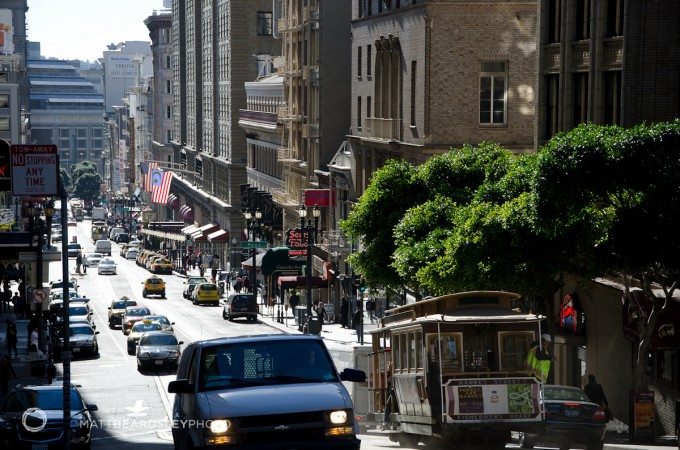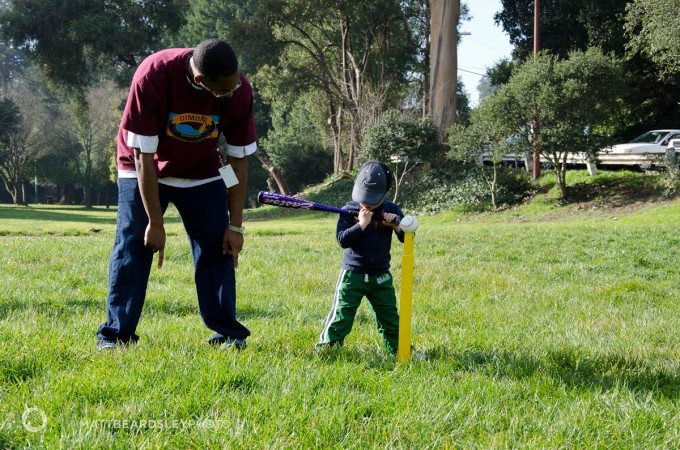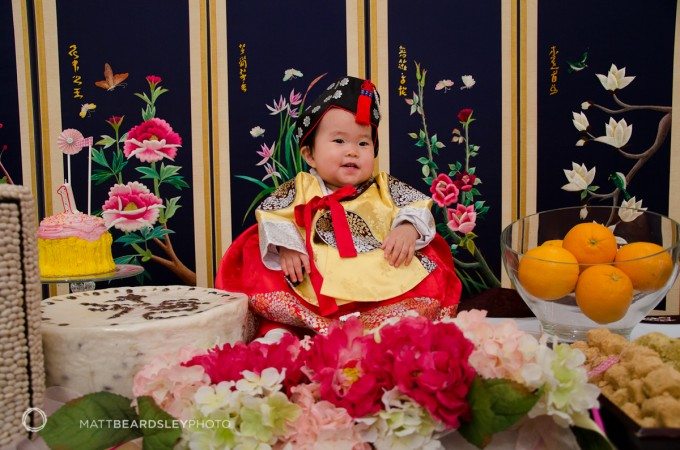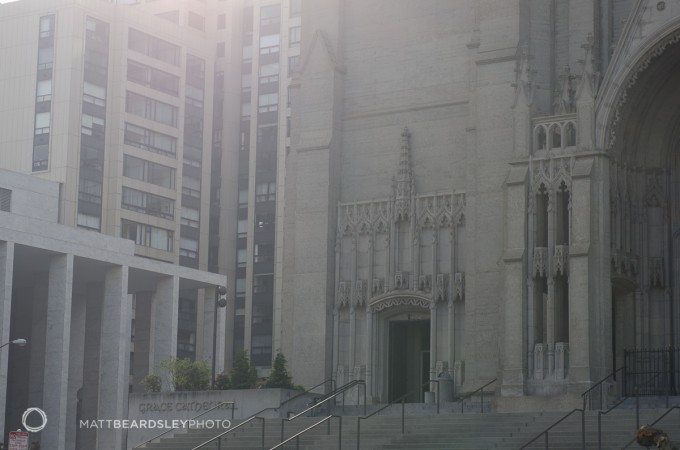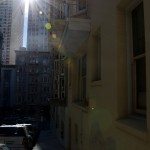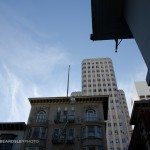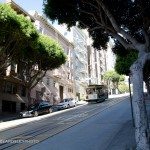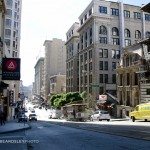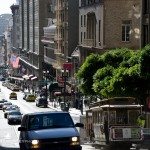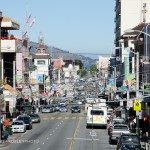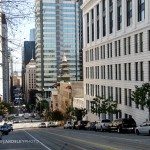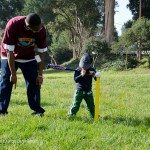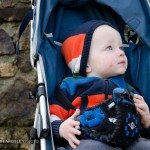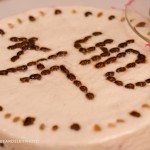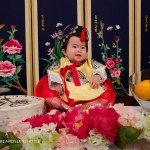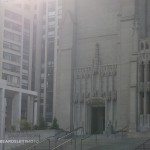I’ve enjoyed my time with the Nikon D7000. It is a quick, easy-to-use camera, with comfortable controls and a nice set of features. Nikon has created a compelling new lineup of cropped-sensor “prosumer” cameras, with the D3100, D5000, and D7000. The D7000 gives up only a little ground to its D300s big brother, including a beefier body, faster frame rate, more autofocus points, and a few ergonomic upgrades (like a dedicated autofocus button). The D7000, however, doesn’t feel dumbed down or cheap. It has proven to be a great camera, one that I was happy to have along to both professional shoots and family outings.
While it’s been in the studio, I’ve compared it to the Pentax K-5 and Nikon D3, (and both the $18,000 Mamiya RZ33 and $22,000 Leica S2) and found that it fills a great niche. It isn’t the high-ISO champion, nor the highest-performing camera in terms of raw image quality (beat in both cases by the Pentax). It isn’t a small professional Nikon either, and is sure to not steal sales from the D700. What it does well, though, is offer classic, uncomplicated Nikon controls, easily allowing full manual control or smart auto control of every important setting; great color rendering; and an impressive dynamic range. Its files are big and beautiful without post production, especially in good light and with high quality lenses. It also offers Nikon’s latest autofocus which is very hard to beat (though Canon has certainly upped their game with the 7D).
Nikon D7000 Image Quality
This has been a challenging area of this review series. Undeniably, the D7000 has grain, especially as ISO increases. As I mentioned in earlier entries, the grain is unexpectedly high and will bug some photographers. The camera seems tuned for other factors of image quality, though, like saturation, contrast, dynamic range, and detail, and it does all those things well. Compared to other cameras, and especially the Pentax K-5, the D7000 is gentle with in-camera noise reduction, rendering files that are much less smoothed-over, but have a punchier look to them, when not zoomed in for an extra close 100% inspection. It delivers the classic digital Nikon Look, of bright colors and crisp detail, perhaps more digitized, but certainly more eye-popping than more subdued cameras. I like it.
The D7000’s file size is also a really nice fit for most applications. 16.08 MP by my math, the files are plenty big for big printing, just under 17×11 inches at 300 ppi natively, and just over 20 inches wide at 240 ppi. They can certainly be stretched much bigger or scaled way down for Web work. RAW files (Nikon’s NEF format) hover right around 20 MB on my hard drive, including lossless compression and 14-bit capture. Nikon doesn’t offer a smaller RAW option, but the camera has a range of JPG size options that will make processing-free shooting super easy.
Selling Points of the D7000
Image quality aside (which sounds a little goofy to say) the D7000 has some cool features to note. I really like its video controls, and I’ve never said that about a DSLR. The switch/record button combo works well and makes both Live View and Video much more accessible, which makes them more likely to be used, which, with the D7000, is not so bad. The camera can autofocus in video mode, and does a nice job with face-detection and tracking for grabbing quick, cute videos of the kids.
The camera has dual SD card slots, which might sound excessive to some, but I think it’s a welcome “trickle down” from my Nikon D3. Load up two big cards in sequential mode and shoot for a week (or one wedding) without thinking about cards. Select parallel mode and grab a card of processed JPGs that can go straight to the printer (as I did for one test shoot) straight to Flickr, or straight to a quick laptop slideshow at the end of the day; a second card of RAW files will be waiting for the deep tinkering. If you’re the second photographer at a wedding, borrow a card from the boss and fill it up while filling your own simultaneously, then everyone can leave with a copy without a laptop… pretty useful!
I’ve covered other features in previous entires, notably the camera’s autofocus, metering, and control interface, but all are, without doubt, selling points.
Concerns
It’s hard to find fault with the D7000, except in comparisons with competing cameras. It doesn’t have the confidence-inspiring brick-like build of the Pentax K-5, Olympus E-5, or Nikon D300s. In that lineup, it’d be the last camera I’d feel good shooting in the rain. The camera’s grain, though not really unsightly noise at moderate ISO, is more noticeable than with most competitors. Also, the omission of a dedicated autofocus button bugs me, as does the lowly placement of the ISO button (though both quirks are proud traditions from the D70, D80, and D90 predecessors). Unlike some other reviewers, I really like the exposure mode dial/drive mode ring combo on the camera’s left shoulder. It feels professional, clean, and accessible, and its size and clear printing make it easy to use. Though I’ve said it before, Nikon’s decision to place the metering area button in a very prominent location (next to the shutter release) is an odd choice for me. Nikon prefers, apparently, to keep ISO/WB/QUAL grouped together on cameras, even if, unlike the D3 series, D700, or D300s, there is no convenient group of three buttons to use (they’re grouped on top of what would be the D700 and D300s’s exposure mode dial if they had one; and along the bottom of the lower rear LCD screen on the D3 series).
Conclusion, Day 5
The Nikon D7000 earns good marks in image quality, making up for noticeable grain and noise by delivering saturation, contrast, detail, and dynamic range. I like the camera’s punchy way of interpreting color and the file size is a nice match for a wide range of print sizes. The camera has some unique selling points, like very usable video control, dual SD card slots, and very good autofocus. Weaker points include its tendency to show grain, somewhat less-impressive build quality compared to certain competitors, and a couple button-placement quirks and omissions. Overall, it is a straight-forward, intuitive camera that captures images with punchy clarity in a wide range of settings.
Image Gallery (click thumbnails to open in a new window)
Please Support The Phoblographer
We love to bring you guys the latest and greatest news and gear related stuff. However, we can’t keep doing that unless we have your continued support. If you would like to purchase any of the items mentioned, please do so by clicking our links first and then purchasing the items as we then get a small portion of the sale to help run the website.


